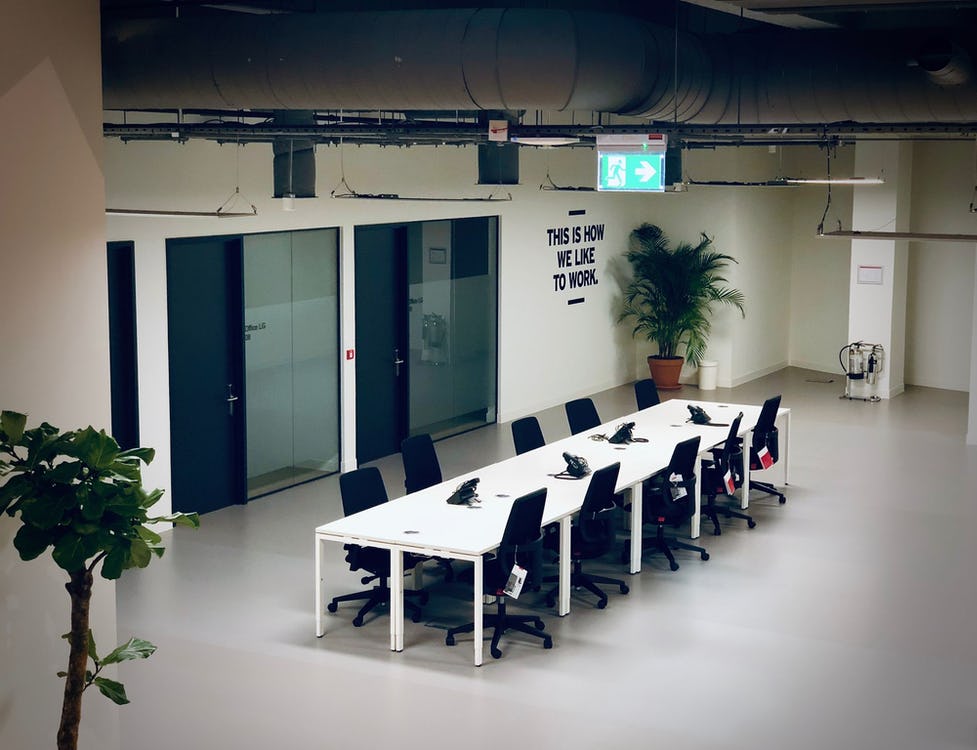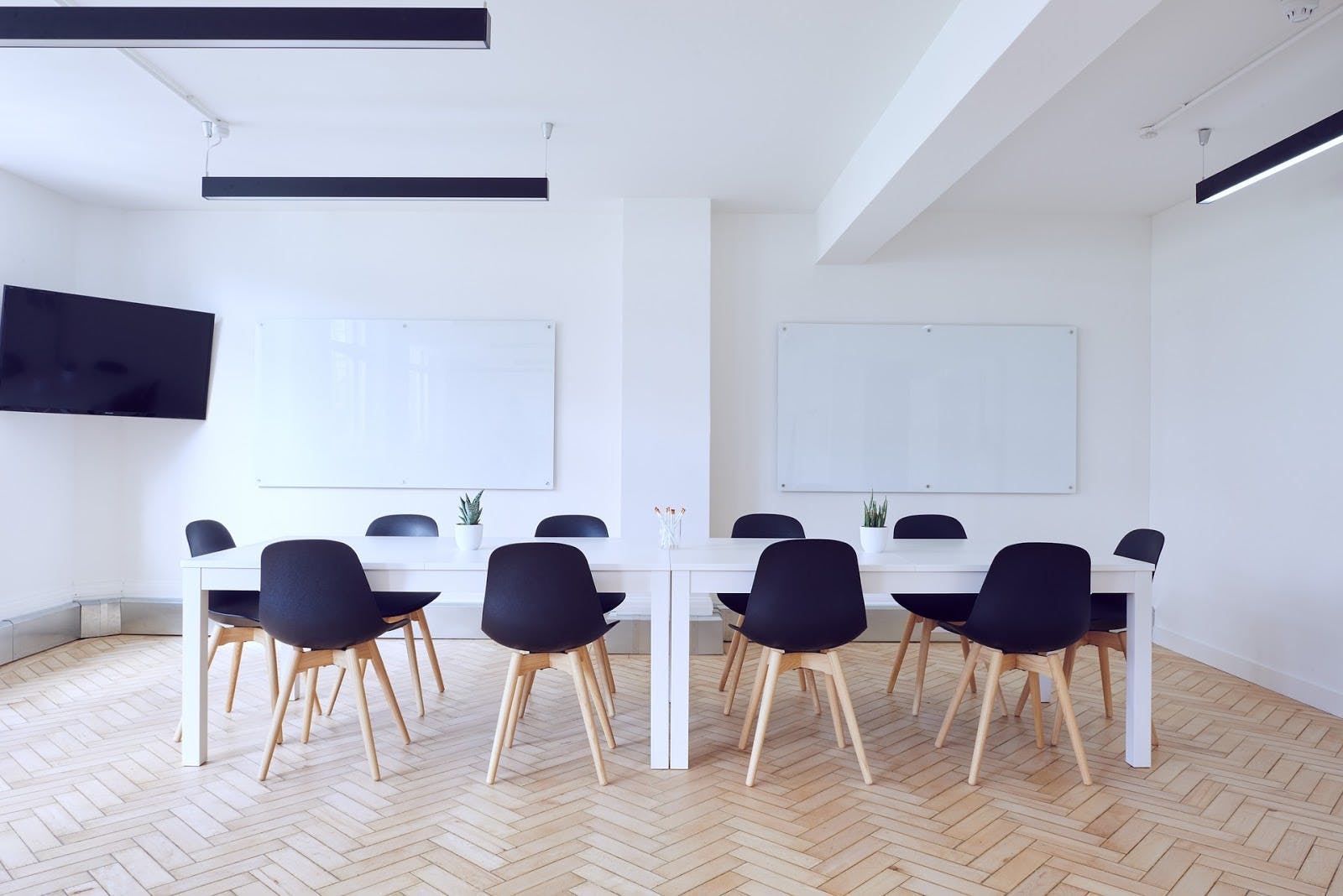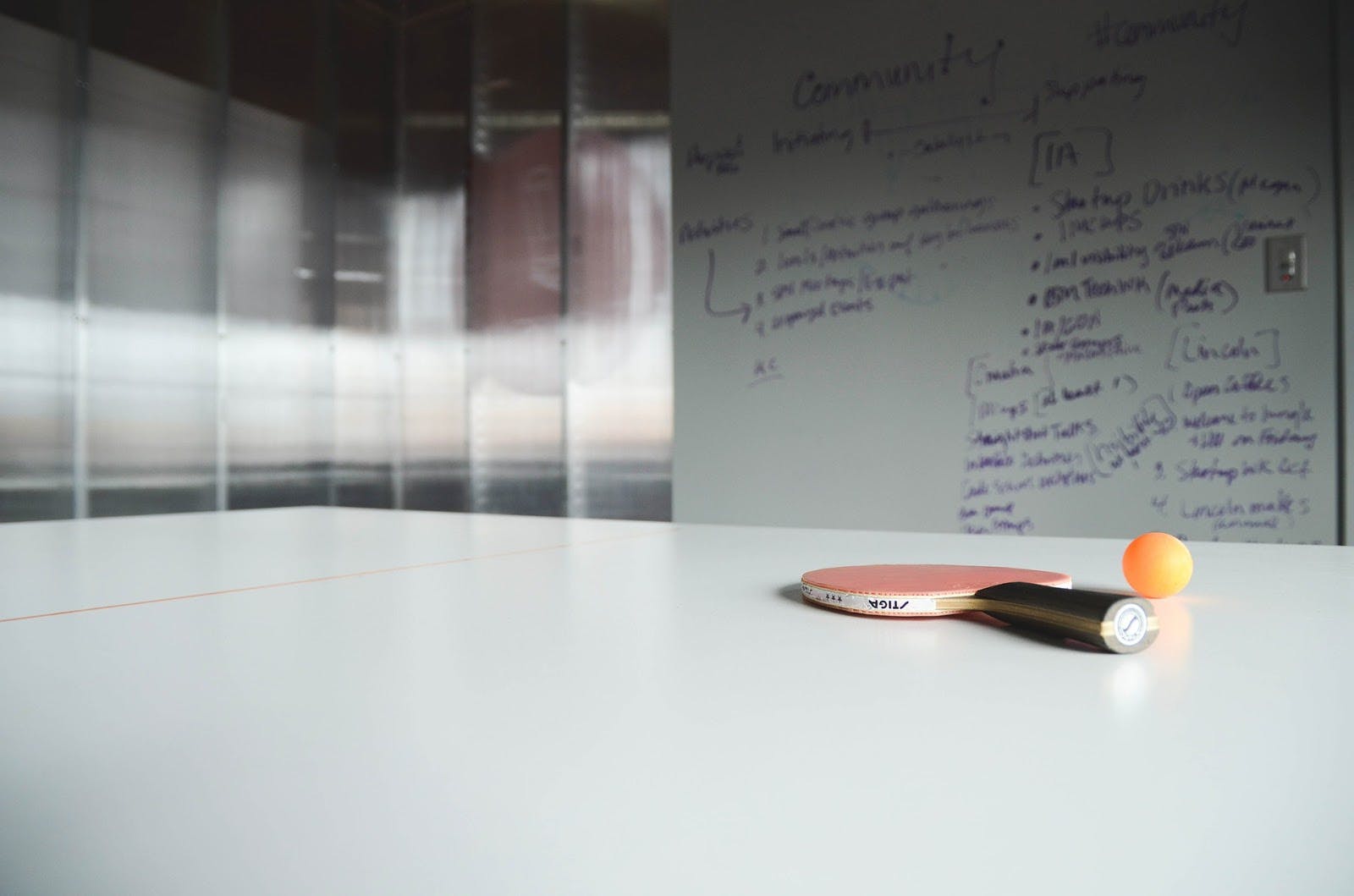Why Are Employees Ghosting Their Conference Rooms?

VergeSense is the industry leader in providing enterprises with a true understanding of their occupancy and how their offices are actually being used.
Conference Rooms Look for a New Purpose in the Experiential Workplace
Collaboration and configuration go hand in hand when it comes to designing a productive workspace that also benefits the wellbeing of employees. However, in a world of open offices, coworking spaces, and hot desking, the conference room sometimes seems irrelevant. Is the conference room dead?
Based on data collected by the VergeSense sensor-as-service platform across 1 million square feet of office space, we have found that 30% of conference room bookings in 2018 ended up in ghost meetings. So why are workers ghosting their conference rooms?
It makes sense when you look at the broader workplace trends: conference rooms silo employees, they generally aren’t a multipurpose space, and people are often ‘trapped’ in them for extended amounts of time. No one wants to go to a conference based on these reasons, yet employees still find a need for booking these rooms from time-to-time.
The primary driver of conference room use today seems to be jumping on a conference call. With more workers than ever before working remotely and in open offices, there is often a need to find a quiet, private space, to catch up live on call versus opting for a Slack chat.
However, conference calls as we’ve learned, often aren’t a great thing for workplace productivity either. Collaboration provider LoopUp found in a survey this year that business people waste an average of 15 minutes per conference call simply getting started or dealing with distractions throughout the call. Previous research from Intercall also found that 60 percent of respondents admitted to doing other work or sending an email while on a conference line.
Therefore, it appears a large number of employees only book conference rooms when they feel it is necessary. If they find out they can avoid the visit to a conference room later, they’ll often skip their booking altogether.
So what do we do with conference rooms? With the employers and employees focusing more on workplace experience, collaboration, and creativity, the conference room tends to be the antithesis of the direction dynamic office design is heading. Let’s take a more in-depth look into the problem with conference rooms today and if we can reinvent their use to improve the workplace.
What’s the physical problem with them?

Conference rooms also tend to be uncomfortable. People are forced to sit in rigid chairs at a long table in an enclosed space usually painted white or gray for an hour or two at a time, all while freezing because conference rooms tend to run on the cold side. When you place people in these conditions, you can kiss productivity and focused discussions goodbye.
Not only does discomfort affect employees physically, but it also affects their mood. National Business Furniture’s Happiness in the Workplace study revealed that 50% of Millennials would be unhappy in an uncomfortable workspace. At first, it may not seem like comfort in conference rooms should be concerning, but when you consider that 37 percent of an employee’s time is spent in meetings, and that comfort is directly correlated to people being happy at work, it begins to look like a bigger problem.
Furthermore, the misuse or no use of larger spaces hurts a business or property manager’s value per square. In San Francisco, the annual cost of a ten-person conference room is about $30 per square foot. So, if your conference room is 800 square feet, holding about 12 people, the cost would be $24,000 for the conference room alone. In Manhattan, the price doubles, at a rate of $60 per square foot.
Reinventing the Look and Feel of Your Conference Rooms

In the spirit of collaboration and agility overtaking the workplace, it’s easy to see that there are better ways we can utilize conference spaces. Smaller conference spaces can be a viable solution to this problem. Not only do they address the issue of cost, but they tend to be used more by employees. VergeSense data shows that a four-person conference room performs three times better than larger ones that can host 8+. Not only does this translate into spending less, but employees use the space more — talk about a bigger bang for your buck.
In a piece written earlier this year, JLL suggests you go a step beyond simply ditching your shared ‘boardroom’. They also argue for ditching the chairs! Their reason? Shorter, standing meetings over long sit-down conversations. These chairless spaces give people the opportunity to move around and get the creative juices flowing. It also tends to keep meetings short and to the point.
If you’re stuck with a larger space, it may be time to make the space more welcoming. Try buying an easy to move divider to split the big room into two separate sections. While this may not give you complete privacy, it might make the space more appealing to small groups. As JLL notes, getting lightweight, movable furniture makes it easy for those within the workplace to configure the room to suit the purpose of the meeting.
Repurposing as Spaces Employees are Looking For

Sometimes, it can be better to give conference rooms a dual purpose or repurpose altogether. Companies, such as Uber, have doubled smaller conference rooms as nap rooms for their employees to get some sleep during the day.
Other organizations are doubling-up conference rooms as game rooms or lounge spaces. HondaJet, for example, uses a conference table that’s actually a ping-pong table. By making the room multipurpose, you increase how much the room is being used and therefore get a higher return on your real estate investment.
There are also property managers and designers reinventing the use of the space that would typically go towards conference rooms from scratch. A recent story in Fast Company detailed how designers are attempting to design the ideal lactation rooms for new moms in the workplace. The rooms wouldn’t take up any more space than your average conference room, and the act of making this space welcoming and comfortable helps with retention and employee health. Companies that offer comfortable lactation rooms and support programs see a 94 percent retention rate among their female employees.
WeWork, on the other hand, is bringing phone booths back into vogue. Picking up on the use of private space for phone calls among its members, the shared office space leader, has implemented phone booths across its global properties to offset the need for conference rooms in many cases. The only problem is, these private spaces for one are often booked solid!
So while the traditional use of conference rooms may be reaching the end of an era, alternative usage of smaller, shared spaces within offices is just beginning. As workplace design continues to change and real estate expenses continue to rise, companies and property managers will have to turn to dynamic use of these shared rooms to drive a more productive workplace that also provides a better experience for employees.